Growing Focus on Energy Efficiency
The Silicon Carbide (SiC) Fiber Market is witnessing a growing focus on energy efficiency across multiple sectors. As industries strive to reduce energy consumption and minimize environmental impact, SiC fibers are increasingly recognized for their ability to withstand high temperatures and improve thermal management. This characteristic is particularly valuable in applications such as power generation and energy storage systems. The market for energy-efficient materials is projected to expand significantly, with SiC fibers playing a pivotal role in enhancing the performance of energy systems. This trend is likely to bolster the demand for SiC fibers in various applications, contributing to the market's growth.
Expansion in Aerospace Applications
The Silicon Carbide (SiC) Fiber Market is significantly influenced by the expansion of aerospace applications. SiC fibers are recognized for their exceptional thermal stability and mechanical strength, making them ideal for high-performance components in aircraft and spacecraft. The aerospace sector is projected to grow at a CAGR of around 5% in the coming years, driven by increasing air travel and advancements in aerospace technology. As manufacturers seek to reduce weight and enhance fuel efficiency, the adoption of SiC fibers in engine components and thermal protection systems is likely to rise, further propelling market growth.
Increasing Demand in Automotive Sector
The Silicon Carbide (SiC) Fiber Market is experiencing a notable surge in demand from the automotive sector, particularly in electric vehicles (EVs). As manufacturers strive to enhance vehicle performance and efficiency, SiC fibers are increasingly utilized in lightweight components, which contribute to improved fuel efficiency and reduced emissions. The automotive industry is projected to witness a compound annual growth rate (CAGR) of approximately 20% over the next few years, driven by the transition towards electrification. This shift not only emphasizes the need for advanced materials like SiC fibers but also aligns with global sustainability goals, thereby reinforcing the market's growth trajectory.
Rising Investment in Research and Development
Rising investment in research and development (R&D) is a key driver for the Silicon Carbide (SiC) Fiber Market. As companies and research institutions allocate resources towards exploring new applications and improving existing technologies, the potential for innovation in SiC fiber production and utilization increases. This investment is expected to lead to breakthroughs in material properties and manufacturing techniques, thereby expanding the market's scope. Furthermore, collaborations between industry players and academic institutions are likely to foster the development of advanced SiC fiber solutions, enhancing competitiveness and driving market growth in the coming years.
Technological Advancements in Fiber Production
Technological advancements in the production of Silicon Carbide (SiC) fibers are playing a crucial role in shaping the market landscape. Innovations in manufacturing processes, such as chemical vapor deposition and sintering techniques, have led to improved fiber quality and reduced production costs. These advancements enable manufacturers to produce SiC fibers with enhanced properties, such as increased tensile strength and thermal resistance. As a result, the Silicon Carbide (SiC) Fiber Market is expected to benefit from a broader range of applications across various sectors, including aerospace, automotive, and energy, thereby driving overall market growth.


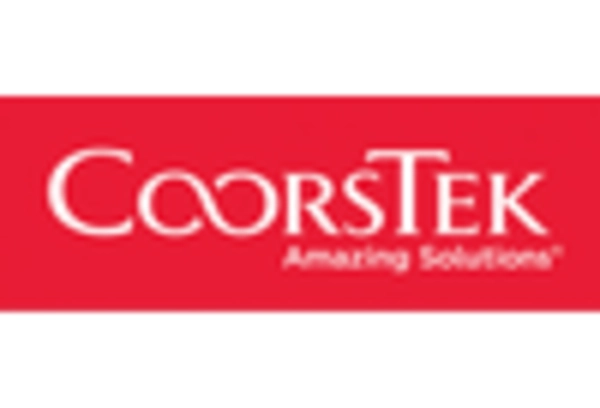
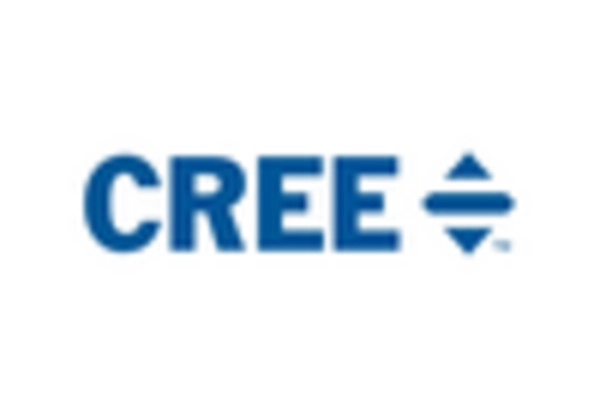


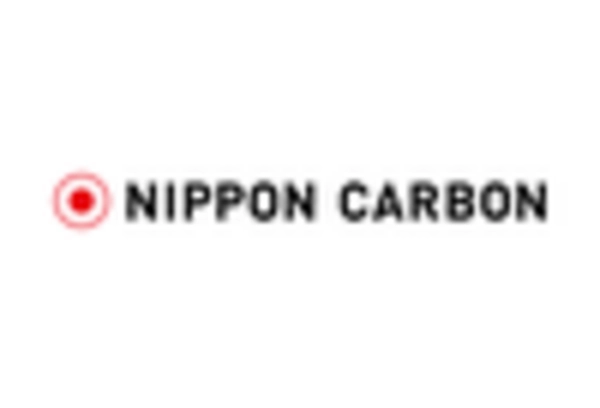
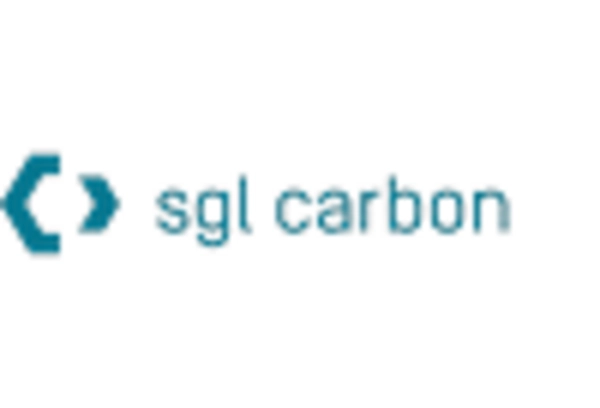
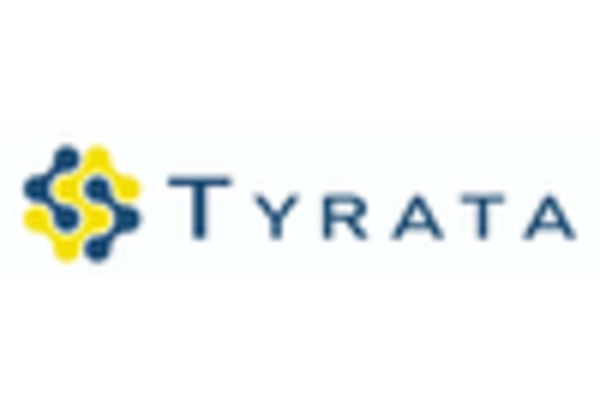








Leave a Comment